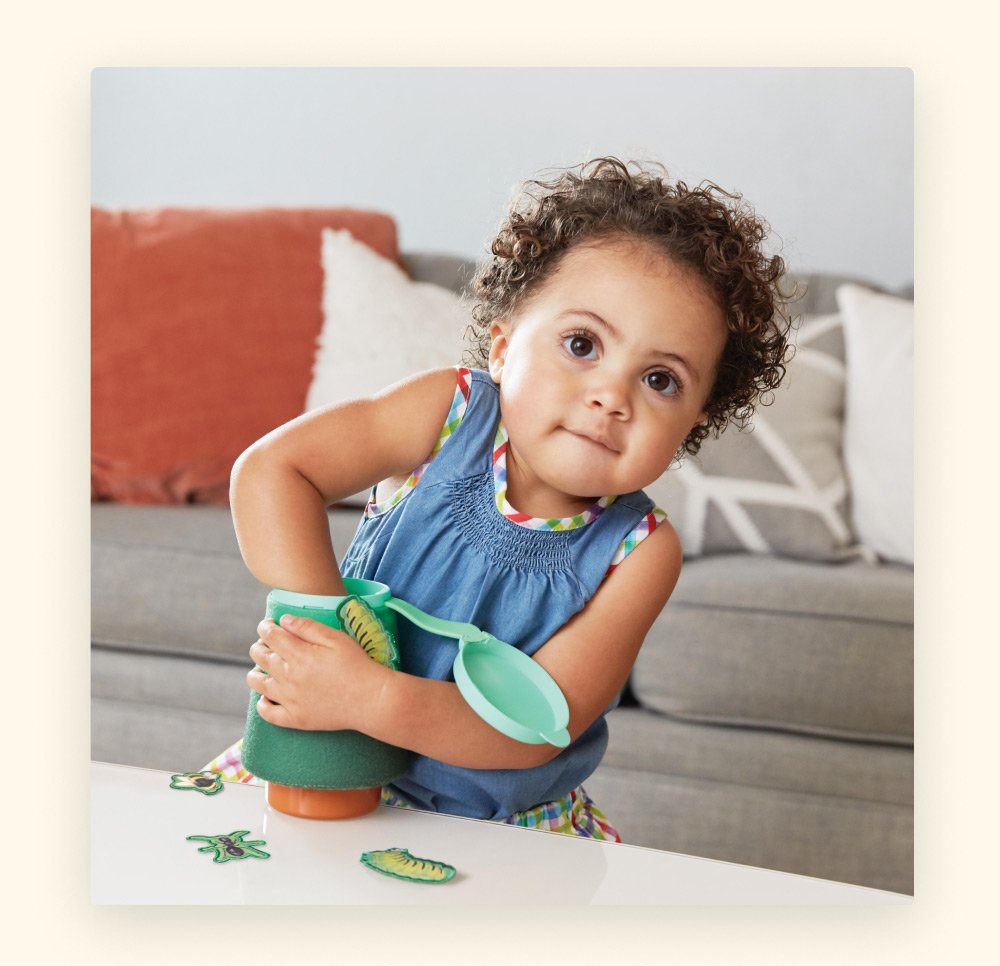Nature or nurture? 2 books explain

When it comes to shaping your child’s brain, what matters more—their environment or their genes?
In her book ‘What’s Going on in There? How the Brain and Mind Develop in the First Five Years of Life,’ neuroscience professor Lise Eliot, Ph.D., says about half of a child’s intellectual development is attributed to genes and the other half to their environment.
If this is true, then a child’s environment is the thing parents have the most control over. So what is an optimal environment? How close can we get to it?
Creating an environment for brain growth
Eliot defines a baby’s environment as anything from a child’s nutrition to the amount of affection and responsiveness they receive from their caregivers.
The fascinating part is that beyond the basics, cognitive development is significantly influenced by a parent’s efforts to show their child how something works—to explain, narrate, and talk to their baby about what they are doing—and reinforce their baby’s exploration with positive attention and freedom.
This is echoed in the book ‘How to Build Your Baby’s Brain‘ by child development expert Gail Gross, Ph.D.: ‘The more you interact with and stimulate your baby, the more you increase their neurological cells, which promote faster and more complicated patterns of thought.’ Some of Gross’s work suggests that these kinds of environmental factors account for between 20 and 40% of a person’s intelligence score.
1 easy way to make a difference
Increasing the quality of your responsiveness doesn’t have to be hard. Try taking your baby on a tour of the house, showing them how things open, close, turn off and on, and explain what you’re doing. This can make a meaningful difference in your baby’s brain development.
Keep reading

12 - 48 Months
0 - 12 Months
Join the Lovevery Research Community and explore new playthings
Inform and inspire Lovevery creators through product testing, focus groups, surveys and more.

12 - 48 Months
0 - 12 Months
Favorite activities for your child from our Disability Support Specialist
Learn how to use two popular Lovevery toys to encourage learning in children with disabilities, diagnoses, or learning exceptionalities.

0 - 12 Months
Is it okay for your baby to suck their thumb?
Are there benefits to thumb sucking? Should I try to stop my baby from thumb sucking? Learn if it's okay for your baby to suck their thumb.

